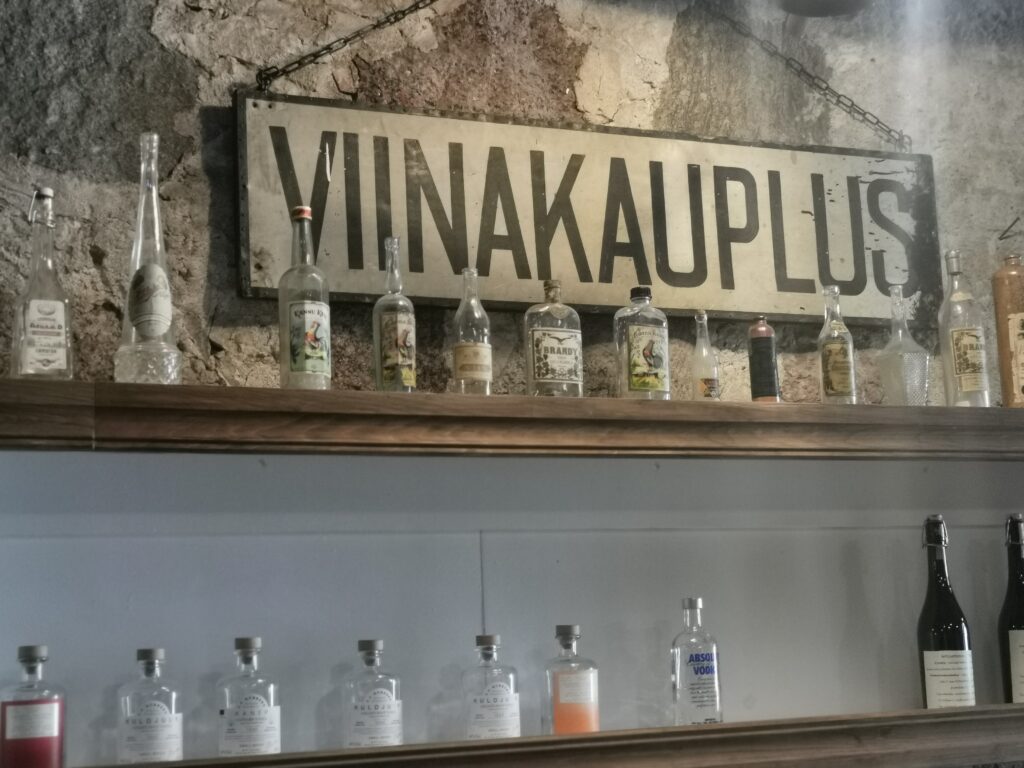Estonian spirits
The exhibition gives an historic overview of spirits and vodka production in Estonia from the 15th century until the end of the 19th century.
The exhibition is made up of three parts:
- 15th–17th. century – Aqua Vitae
The beginning of distilling - 18th century – silver rain
The wealth gained from selling vodka was the foundation for building luxurious manor houses. The exhibition shows how distilling became one of the prime sections of manor economy when the Russian market was opened in 1766. - Transition to industrial distilling
Establishing excise duty in 1963 brought about the transition from manual to industrial distilling. The excise regulations favoured using potatoes, and by the end of the century, potatoes had replaced rye in distilling. In 1938, a new updated distillery was opened in Rakvere.
Estonian spirits in the Guinness Book of World Records
In 1938, a new updated distillery was opened in Rakvere. The spirits produced in this distillery was entered into the Guinness Book of World Records as the strongest (98%) and purest spirits.
Vodka tasting
Groups have the opportunity to partake in vodka tasting competition. Each taster receives a diploma .
